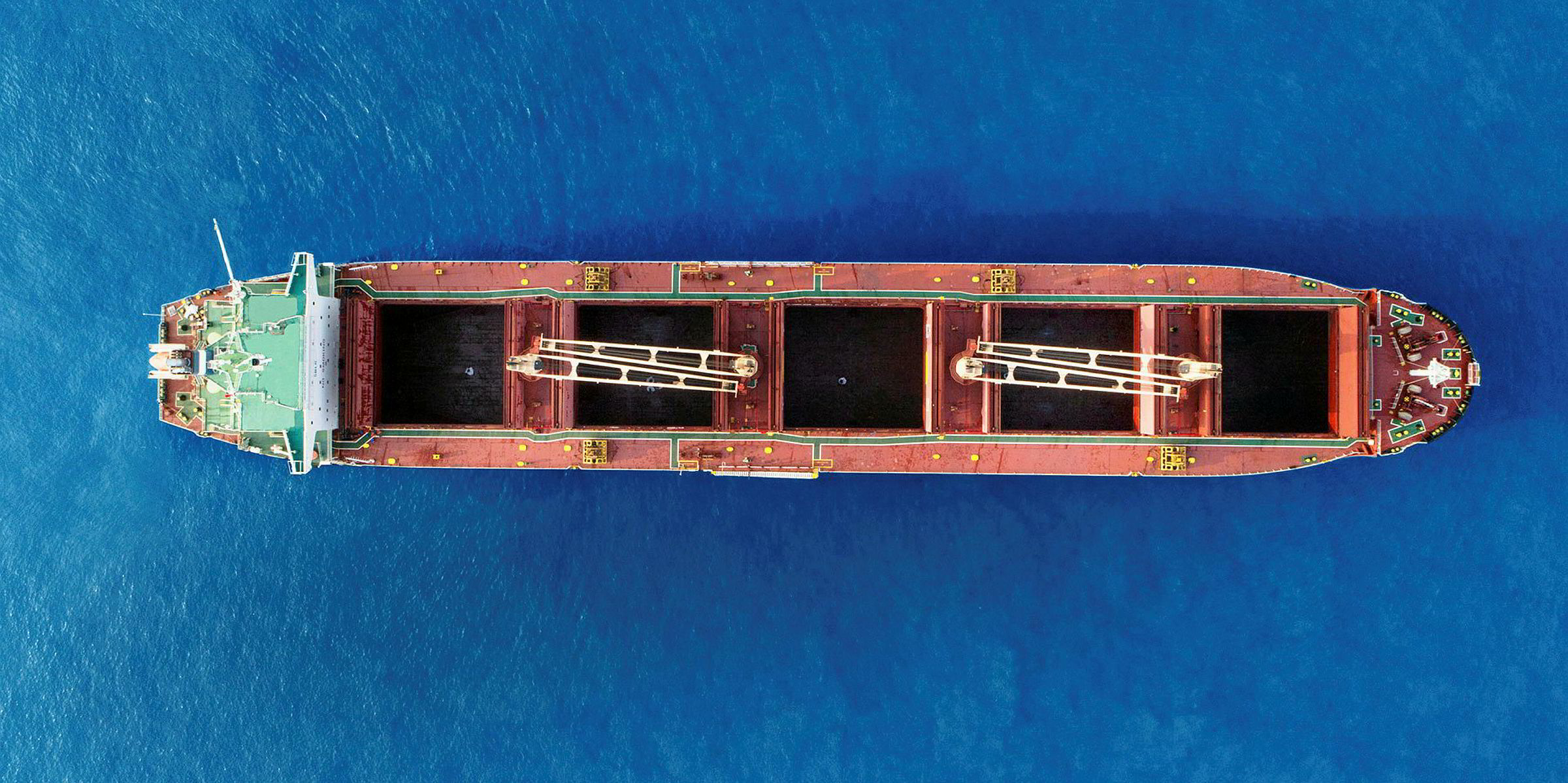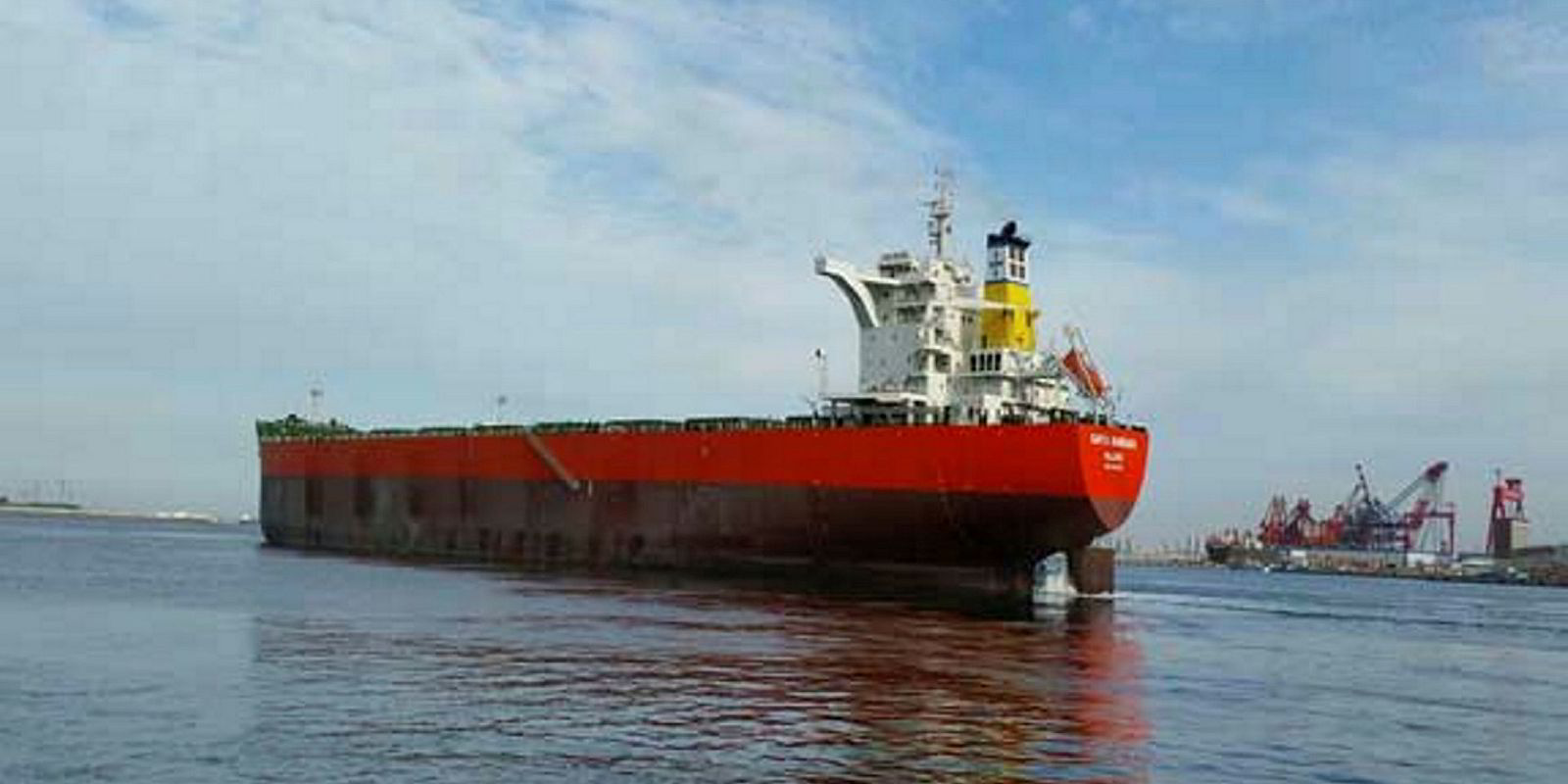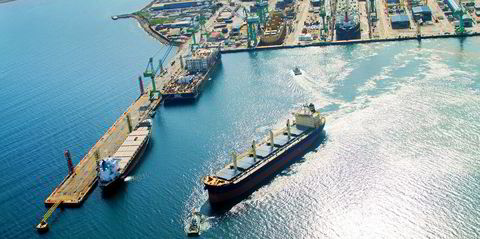Friday's collapse of a Vale-owned dam in Brazil may cause further pain for a dry bulk sector already smarting from a slowing Chinese economy.
The Bela Horizonte barrier used for holding waste water and mud from the Fiejao iron ore mine burst wide open, resulting in the loss of 34 people and more than 300 missing so far.
Beyond loss of life, the second such Vale disaster in three years may result in serious misfortune for the entire dry bulk sector, particularly capesize vessels and owners, says Stifel analyst Ben Nolan.
The Vale/BHP-owned Samarco mine collapsed in 2015, killing 19 people.
"We believe this incident could result in a decline of more than 6% of Vale's iron ore production and consequently have a meaningful negative impact on overall dry bulk shipping demand," Nolan wrote today in a note to clients.
Evercore ISI analyst Jon Chappell on Friday lowered forecasts for five dry bulk players based on China's economic troubles.
Nolan said it is yet to be seen how much production will be lost as a result of the accident but it could be "substantial", given the number of deaths and Vale's record with dam failures.
"Furthermore, there could be other cutbacks in different areas as caution is taken to ensure there is not a third similar incident," he said.
Tragic and negative
Arctic Securities agreed the events were negative for dry bulk. But stressed it was unclear how it would impact production at the entire Paraopeba complex.
“However, after the rupture of the dam that had received Stability Condition Statements as recently as in September last year, Vale’s more than 100 dams across Brazil are likely to be called into question, and the Brazilian government has reportedly already frozen $2.9bn in Vale’s assets in advance of paying for damages,” said analyst Lars Bastian Ostereng.
“Overall, the tragic incident in Brazil is likely to be negative for the dry bulk market and particularly the capesize segment as Brazilian iron ore production and shipments could come under pressure.”
Too many ships on the horizon?
Seaborne iron ore trade made up 1.47 billion tonnes of trade last year, or 28% of total dry bulk trade, Nolan said.
Volumes were set to rise by 2%, or 27 million tonnes, this year with reopening of the Samarco mine and a 10 million-tonne increase in Feijao output to 400 million tonnes.
"Also, with much of incremental iron ore production going to Asia, the tonne mile impact is roughly twice as great as typical dry bulk shipping on a per tonne basis," he wrote.
"In other words, should the 26 million tons produced in the Paraopbe complex be taken offline this year, it could equate to a [loss of] 52 million tonnes on dry bulk shipping or 1% of total trade."
As a net result, the sector's tonne-mile growth for the entire year may be less than 2% while the overall fleet is expected to jump 5% in 2019, 6% for capesizes.
Scrapping and ship removals may push fleet growth under 5% but strong day rates may slow scrapping, Nolan said.
"So, if the impact of loss Brazilian iron ore exports is substantial, ship supply would be likely to exceed ship demand and 2019 could be another challenging year for dry bulk companies."
Capesize owners may be in for rough sailing
Companies with high capesize exposure could feel the most pain, including Star Bulk Carriers, Golden Ocean and Genco Shipping & Trading but the shocks could "ripple through" to the smaller ships, said Nolan, who tracks US-listed shipping stocks.
The good news is that the market has already baked the risk of under performance into the cake, so companies with less debt might be somewhat insulated.
"Companies with higher debt load might be at higher risk," he said.







